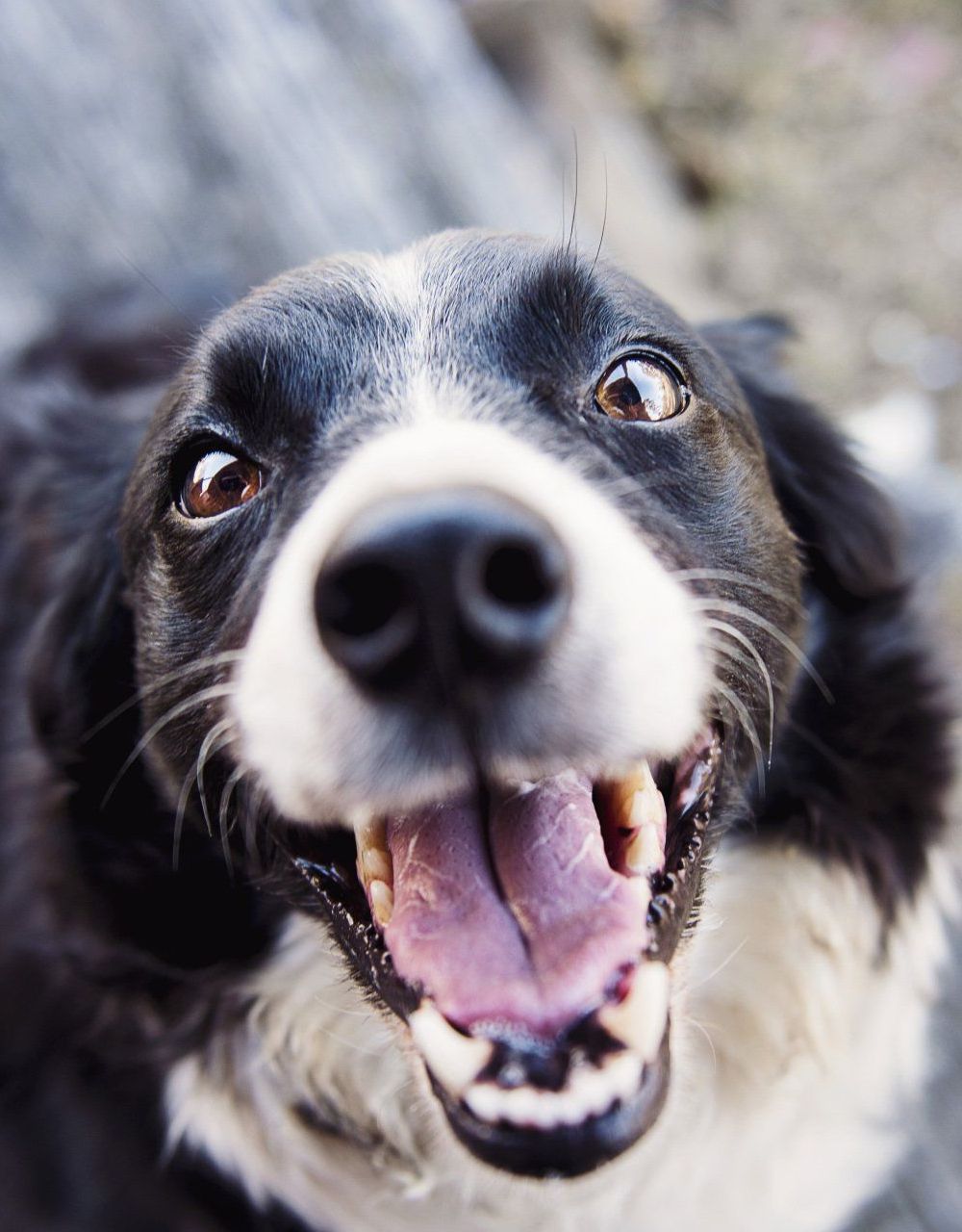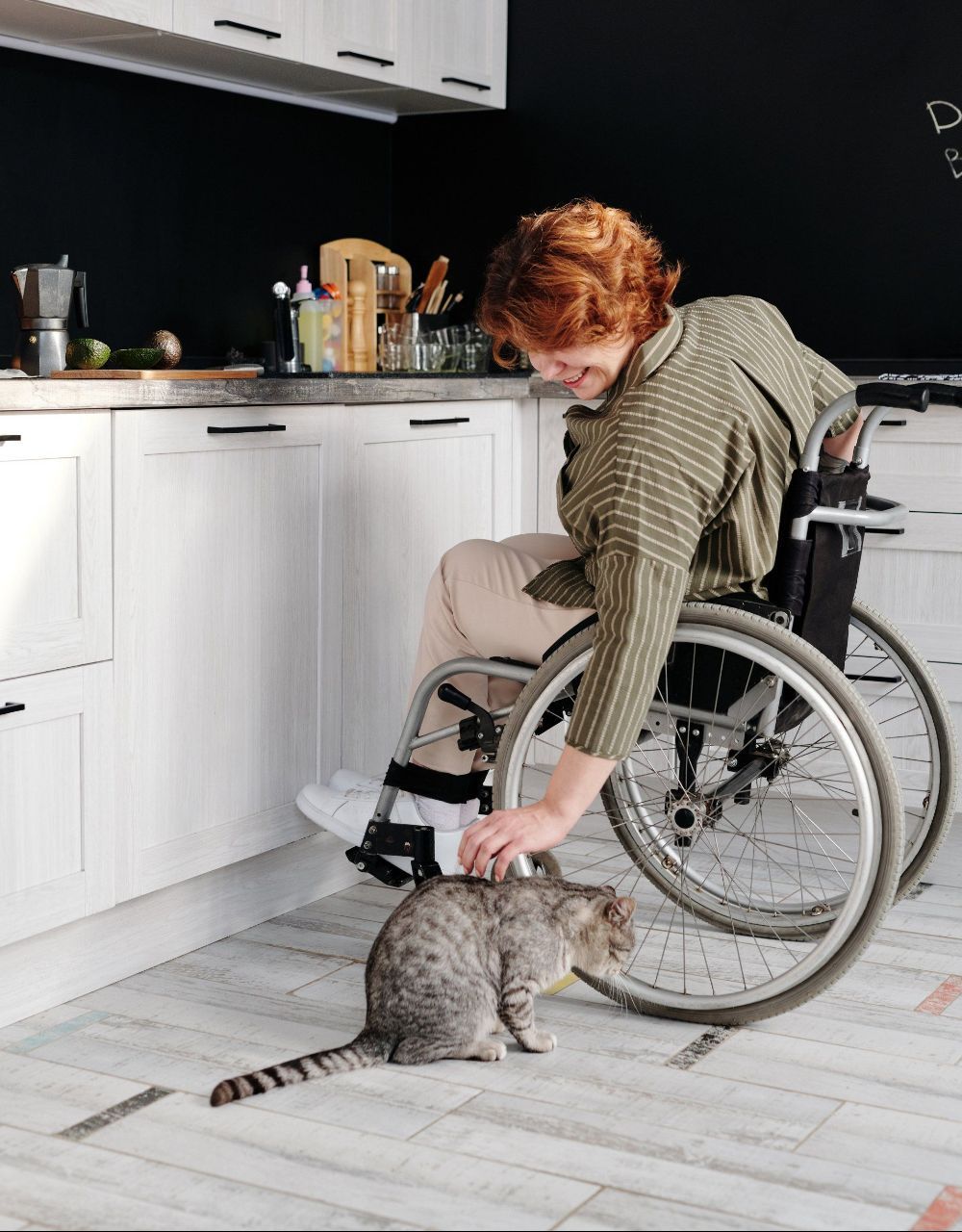Comprehensive Surgical Services: Ensuring Safety & Communication
Discover how we prioritize your pet's well–being during surgical procedures by emphasizing safety protocols, effective pain management strategies, and transparent communication throughout their entire surgical journey.
What Sets Us Apart

Surgical Procedures at Harmony Hill
For surgical procedures, our goals are safety, pain management, and communication. All of these are critical regarding your pet’s health and recovery from anesthetic procedures.
Patient Safety Matters
Patient safety should always be the top priority for any procedure requiring sedation or general anesthesia. The American Animal Hospital Association (AAHA) sets strict guidelines regarding all aspects of Veterinary Medicine, and surgical procedures are no exception. We prioritize following these standards so that all pets receive the gold standard of care. This is especially important when your pet is undergoing a surgical procedure such as a spay, neuter, dental cleaning, etc. Every pet is carefully monitored and cared for the second they are dropped off for their procedure. Here are the steps we take to ensure your pet’s safety during a surgical procedure:
- Every patient is given personal care. Each patient has their own medical team that oversees their care starting from when they come through the door and does not end until they leave with their pet parent. Each sedation/anesthetic procedure is performed one at a time. We do not perform multiple procedures at the same time so that each pet will have our undivided attention until they have fully recovered from their procedure.
- Bloodwork is required for all patients. Bloodwork helps us determine if your pet is healthy before administering sedatives, anesthetics, and medications. Any abnormalities must be addressed before performing any surgical procedure for maximum safety.
- Every pet has an IV catheter and IV fluids. IV catheter placement provides the veterinary team instant veinous access if any complications arise. We also administer IV fluids to maintain blood pressure, support heart and kidney function, correct/maintain hydration levels, and compensate for any blood loss that may occur at the surgical site.
- No patients are ever left alone. Every patient has a doctor and technician that monitors them continuously from when they enter the clinic to when they go home.
- All patients are kept warm. Maintaining the appropriate body temperature is essential for heart and nerve function, metabolism, and desired blood clotting at the surgical site. Keeping a patient’s body functioning normally reduces their post-op pain and recovery time significantly. Every patient is kept warm using various equipment, including pads that cover the stainless steel tables, IV fluid warmers, convection warming blankets, water blankets, kennel warming pads, and regular blankets during and after all anesthetic procedures.
- All patients’ vital signs are closely monitored. The medical team overseeing each patient performs three physical exams before surgery (upon arrival, before pre-medication, and before general anesthesia). It’s critically important to monitor a patient’s vital signs during sedation and anesthetic procedures. This includes heart rate, oxygen levels, CO2 levels, respiratory rate, blood pressure, temperature, and depth of sedation/anesthesia. We use multiparameter monitoring equipment for all procedures. The most critical monitor for all anesthetic procedures is a veterinary technician that is thoroughly trained in anesthesia and surgical procedures. A well-trained technician can detect trends in vitals and intervene before an actual abnormality occurs. Patients remain continuously monitored throughout their recovery until they leave with their pet parents.


Pain Management
Undergoing a surgical or dental procedure does not have to be painful for your pet. We take additional steps to reduce pain and inflammation before, during, and after the procedure.
- Every patient receives three forms of pain medication.
We use an injectable opioid as part of the pre-medications given before anesthesia, an injectable local anesthetic at the surgery site, and an anti-inflammatory injection if all vitals are adequate. We also provide all patients with anti-inflammatory medication to take at home to help with their recovery. All patients undergoing a dental cleaning receive an opioid as part of their pre-medication. However, they only receive additional pain medication if a large amount of subgingival tartar is present or tooth extractions are performed.
Continuous Communication
All pet parents deserve excellent communication from their pet’s medical team when they are undergoing a sedation/anesthetic procedure. Parents can expect the following from our team:
- Drop-off: When dropping your pet off for their procedure, we will review what procedure(s) are being performed, cost estimate, and answer any questions/concerns you may have.
- Pre-operative notification: We will send you a message through our PetDesk program before we begin the procedure.
- Post-operative notification: Once your pet is in recovery and stable, we will call or PetDesk you.
- Complications: We will contact you immediately if any complications occur during the procedure.
- Pick-up: When picking up your pet, we will review all post-op care, including what to expect following their procedure. We also provide written aftercare instructions and additional information about the procedure your pet underwent.

Comprehensive Surgical Services: Ensuring Safety & Communication
Discover how we prioritize your pet's well–being during surgical procedures by emphasizing safety protocols, effective pain management strategies, and transparent communication throughout their entire surgical journey.
What Sets Us Apart

Surgical Procedures at Harmony Hill
For surgical procedures, our goals are safety, pain management, and communication. All of these are critical regarding your pet’s health and recovery from anesthetic procedures.
Patient Safety Matters
Patient safety should always be the top priority for any procedure requiring sedation or general anesthesia. The American Animal Hospital Association (AAHA) sets strict guidelines regarding all aspects of Veterinary Medicine, and surgical procedures are no exception. We prioritize following these standards so that all pets receive the gold standard of care. This is especially important when your pet is undergoing a surgical procedure such as a spay, neuter, dental cleaning, etc. Every pet is carefully monitored and cared for the second they are dropped off for their procedure. Here are the steps we take to ensure your pet’s safety during a surgical procedure:
- Every patient is given personal care. Each patient has their own medical team that oversees their care starting from when they come through the door and does not end until they leave with their pet parent. Each sedation/anesthetic procedure is performed one at a time. We do not perform multiple procedures at the same time so that each pet will have our undivided attention until they have fully recovered from their procedure.
- Bloodwork is required for all patients. Bloodwork helps us determine if your pet is healthy before administering sedatives, anesthetics, and medications. Any abnormalities must be addressed before performing any surgical procedure for maximum safety.
- Every pet has an IV catheter and IV fluids. IV catheter placement provides the veterinary team instant veinous access if any complications arise. We also administer IV fluids to maintain blood pressure, support heart and kidney function, correct/maintain hydration levels, and compensate for any blood loss that may occur at the surgical site.
- No patients are ever left alone. Every patient has a doctor and technician that monitors them continuously from when they enter the clinic to when they go home.
- All patients are kept warm. Maintaining the appropriate body temperature is essential for heart and nerve function, metabolism, and desired blood clotting at the surgical site. Keeping a patient’s body functioning normally reduces their post-op pain and recovery time significantly. Every patient is kept warm using various equipment, including pads that cover the stainless steel tables, IV fluid warmers, convection warming blankets, water blankets, kennel warming pads, and regular blankets during and after all anesthetic procedures.
- All patients’ vital signs are closely monitored. The medical team overseeing each patient performs three physical exams before surgery (upon arrival, before pre-medication, and before general anesthesia). It’s critically important to monitor a patient’s vital signs during sedation and anesthetic procedures. This includes heart rate, oxygen levels, CO2 levels, respiratory rate, blood pressure, temperature, and depth of sedation/anesthesia. We use multiparameter monitoring equipment for all procedures. The most critical monitor for all anesthetic procedures is a veterinary technician that is thoroughly trained in anesthesia and surgical procedures. A well-trained technician can detect trends in vitals and intervene before an actual abnormality occurs. Patients remain continuously monitored throughout their recovery until they leave with their pet parents.


Pain Management
Undergoing a surgical or dental procedure does not have to be painful for your pet. We take additional steps to reduce pain and inflammation before, during, and after the procedure.
- Every patient receives three forms of pain medication.
We use an injectable opioid as part of the pre-medications given before anesthesia, an injectable local anesthetic at the surgery site, and an anti-inflammatory injection if all vitals are adequate. We also provide all patients with anti-inflammatory medication to take at home to help with their recovery. All patients undergoing a dental cleaning receive an opioid as part of their pre-medication. However, they only receive additional pain medication if a large amount of subgingival tartar is present or tooth extractions are performed.
Continuous Communication
All pet parents deserve excellent communication from their pet’s medical team when they are undergoing a sedation/anesthetic procedure. Parents can expect the following from our team:
- Drop-off: When dropping your pet off for their procedure, we will review what procedure(s) are being performed, cost estimate, and answer any questions/concerns you may have.
- Pre-operative notification: We will send you a message through our PetDesk program before we begin the procedure.
- Post-operative notification: Once your pet is in recovery and stable, we will call or PetDesk you.
- Complications: We will contact you immediately if any complications occur during the procedure.
- Pick-up: When picking up your pet, we will review all post-op care, including what to expect following their procedure. We also provide written aftercare instructions and additional information about the procedure your pet underwent.


